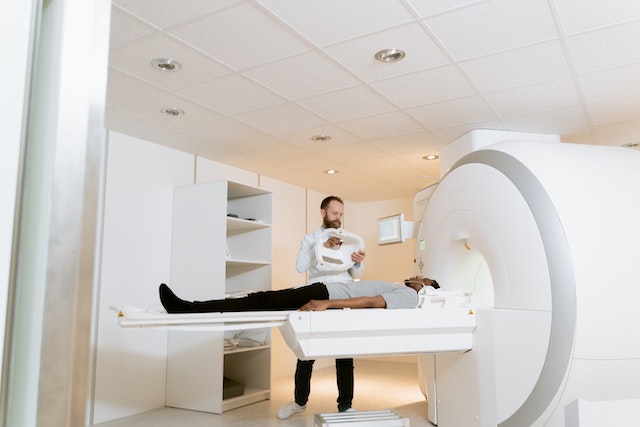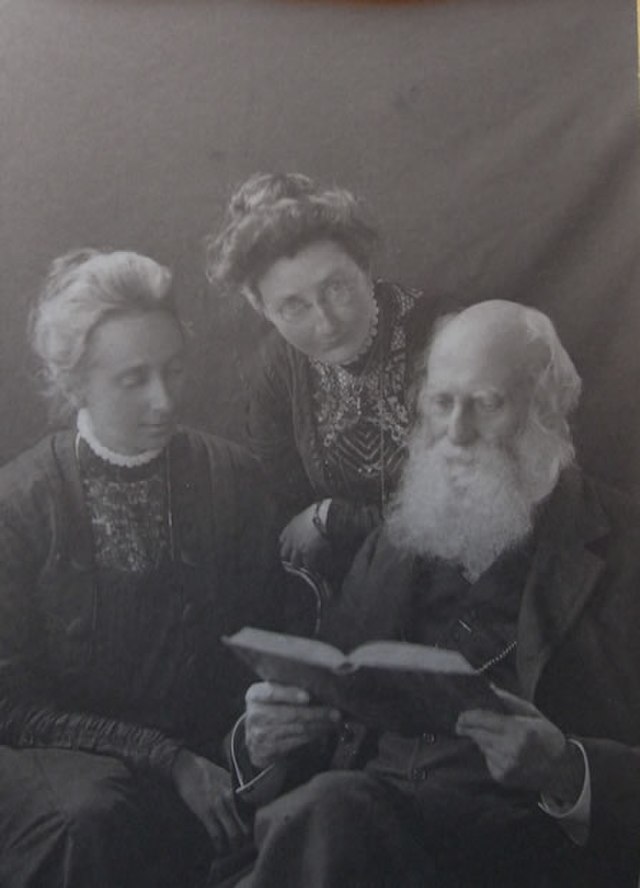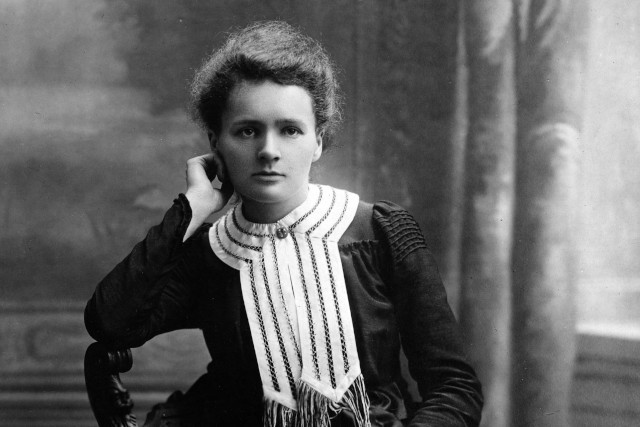March is a month set aside to celebrate women. During this month, Women’s History month, people are encouraged to learn about and celebrate the strong women in their lives and throughout history. But women’s history is wide reaching and all encompassing. There are thousands of women in hundreds of different industries that have made lasting impacts.
One of those industries is the medical industry. Women have left their mark everywhere in medicine and have helped develop new ideas, new medicines and treatments, and new pieces of technology. Let’s take a look at pillars in medical imaging.
History of Medical Imaging
But first, what exactly is medical imaging? This section of the medical industry includes different technologies that help medical professionals view various internal body systems within the human body. Medical imaging is used to find, diagnose, monitor, and even treat different medical conditions or injury.
Each piece of technology encompassed in medical imaging focuses on a different area or system of the body. Take x-rays for example. X-rays are used to view the skeletal system – the bones – of the body. X-rays are used to identify different issues with a patient’s bones and joints. Other types of medical imaging includes ultrasounds, Magnetic Resonance Imaging (MRI), Computed Tomography (CT), and even mammography.

Medical imaging, as a practice, has been around since the last 19th century. It began with the development of x-rays. The first x-ray was taken in 1895, and since then the industry has grown as new pieces of technology have been developed. And women have played a pivotal role in this development.
Women in Medical Imaging
There have been innumerable women who have had a hand in the development and advancement of medical imaging. Of those, there are a few that we’d like to highlight.
Marie Curie
The first woman of medical imaging was a Polish scientist named Marie Curie. While this name is often familiar to many people, it’s familiar because of her discovery of radium. Radium is a naturally occurring radioactive element that was instrumental to the development of medical imaging.
Without Marie Curie’s discoveries, medical imaging may not exist, or would at least have been seriously delayed. Medical imaging uses radiation to see within the human body, so Marie Curie and her developments were imperative.
Florence Ada Stoney
Florence Ada Stoney was a radiologist during World War I. While she may not have created a new technology or radiology treatment, she was the lynchpin of women’s participation in medical imaging and radiology.

Stoney was not allowed to serve in the x-ray department of a London hospital during the war effort because she was a woman. Rather than admit defeat, Stoney created a volunteer unit comprised entirely of women. In 1915, Stoney was hired as the head of the Fulham Military Hospital’s x-ray department – the first time a woman headed such a department.
Muyinatu Bell
Muyinatu Bell is a modern counterpart of the forerunners of medical imaging. In the mid-2010s, Bell developed a new ultrasound technique that produces higher-quality images and is most effective for use in obese patients.
Without these women, modern medical imaging wouldn’t be where it is today. But this list is not exhaustive. There are countless more women who have found their place in medical imaging and left their mark.
While the number of women actively working in medical imaging is rarely higher 30%, no matter what area or discipline, they are still making serious gains. Women are a small portion of the medical imaging world, but they are mighty.
